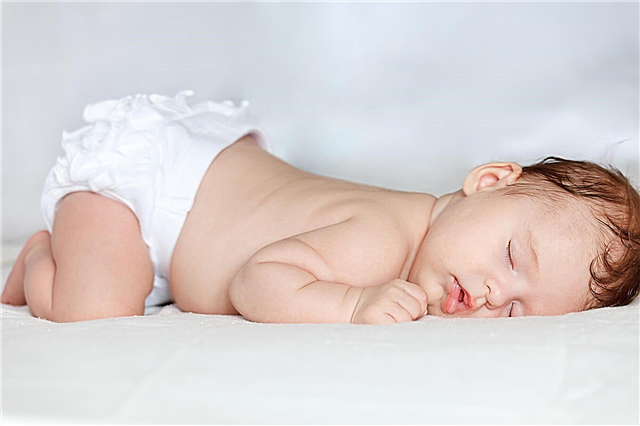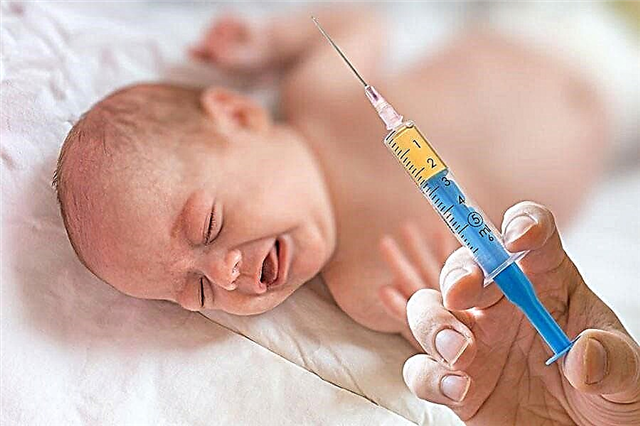Children are exposed to injuries and bruises almost all year round. This happens as a result of their excessive activity and energy. The first place among the injuries among children is taken by a broken nose. Regardless of the cause, it's important to recognize the injury in time and seek medical attention. If this is not done, then in the future the situation can lead to various complications that develop against the background of improperly fused nasal bones.

Child's nose injury
Features of the structure of the organ
The nose is a complex organ that performs a number of important functions. He has two parts: inner and outer. The outer part on the face of each person is visible to the naked eye. It has a purely individual structural features. The nose includes two paired bones that attach to the front of the skull. The tip and wings of the organ are made of cartilage. The cavity, bounded by the bones of the nose, the hard and soft palate, is the inner part.
Additional Information! The internal septum of each person is shifted to the side, so the parts of the nose differ in size.
The human nose is considered a highly vulnerable organ. This is explained by its anatomical structural features. It is possible to break the nose even with a slight mechanical stress.
Diagnostics
To understand if a baby's nose is broken, you need to know the main symptoms of this condition. Signs of a broken nose in a child may be as follows:
- painful sensations, aggravated by palpation;
- nausea;
- dizziness;
- vomiting;
- audible characteristic crunch;
- mucous discharge from the sinuses;
- varying degrees of bleeding intensity;
- shock state;
- mobility of the nasal septum.
The signs listed above are the main ones. Secondary symptoms include:
- deformed nose;
- severe swelling;
- development of hematoma on the septum;
- labored breathing;
- injury to the integrity of the skin;
- bruising around the nose, under the eyes and on the cheekbones.
In the case of an infection, the swelling of the skin increases, hyperthermia appears, and the tissues begin to soften.

Diagnosis of a broken nose in children
Only a specialist should make the final diagnosis, understand the situation and determine what treatment is needed. To determine the nature of the injury, the traumatologist performs the following procedures, after which he decides how to treat the patient:
- examines the child;
- feels the nose;
- establishes the cause of the injury;
- conducts radiography.
From the picture, the doctor will be able to find out the exact diagnosis, identify the fracture site, other injuries and the intensity of edema.
Types of nasal fractures
A broken nose leads to loss of bone integrity. The severity of the injury is influenced by the speed, force, angle of impact, and the weight of the object. Like any other fracture, it can be closed or open.
A child's nose fracture can be diagnosed with the following types:
- Frontal indentation is one of the most common types of organ fractures in childhood. It is diagnosed if both the bones of the nose and the septum break in the child. Leads to a change in the shape of the organ.
- Displacement - occurs as a result of a traumatic effect, leading to a fracture of one of the paired bones and a violation of the integrity of the nasal septum. It leads to the appearance of a cosmetic defect - a curvature of the nose.
- Lateral indentation - occurs during a side impact.
- Irregular comminuted fracture - occurs with multiple injuries of the middle part of the face and is diagnosed with a complicated form of injury.
The clinical picture of the fracture is usually bright. Bone fragments can aggravate the situation.
First aid
It is important for every parent to know how to know if a child has a broken nose. This is necessary in order to provide first aid in a timely manner before the arrival of the doctor. If an injury is detected, the following steps must be taken:
- apply cold to the fracture site;
- stop nosebleeds with a cotton swab dipped in saline;
- treat the wound with a spray with an analgesic effect;
- independently deliver the child to the clinic or call an ambulance.
You need to understand! With nosebleeds, it is strictly forbidden to lay the child and throw his head back. Blood should not go down the throat.
Possible complications of the fracture
In case of delayed or incorrect treatment, the consequences of injury can be unpredictable. If the nasal cartilage or bones do not heal properly, this will lead to a change in the shape, curvature and deformation of the child's nose. All these consequences will provoke a cosmetic defect. This situation can cause the development of psychological discomfort.

Treatment of fractured nasal bones
Violation of the integrity of the cartilaginous septum and nasal bones can cause frequent sinusitis and rhinitis, respiratory failure, and suppuration in soft tissues.
Baby care during treatment
When a diagnosis is made, the most effective treatment should be selected immediately. Therapy is prescribed depending on the severity of the injury. To alleviate the child's condition, pain relief is prescribed. For this, pain relievers are recommended, a cooling bandage is applied.
Note! If indicated, in some cases, local anesthesia is prescribed.
To stop the blood and fix the bones, gauze tampons are inserted into the nose. The doctor uses a special tool to adjust the displacement of the bones and applies a special bandage. To restore breathing, vasoconstrictor drops are prescribed, and antibiotics are selected to prevent tissue infection.
The treatment lasts for 1-2 weeks. The term in each individual case can be completely different. During this time, dressings are changed daily. At the end of treatment, an examination is prescribed to prevent problems in the future.
note! After a month, the child's bones and cartilage are completely restored.
During the treatment period, it is important to provide the patient with peace. Sports and outdoor games are prohibited. It is recommended to limit communication with other children, you cannot visit the sauna and bathhouse.

Caring for a child with a nose injury
Rehabilitation
It is impossible to determine how long healing and recovery will last. It is difficult to recognize the period of fusion, it depends on the severity of the injury. Compared to adults, children recover faster.
During the rehabilitation period, physiotherapy is prescribed, such as electrophoresis, UHF therapy, as well as treatment with infrared rays.

The nose is an organ that must be protected
A broken nose is considered a common trauma in children. With correct diagnosis, timely first aid, professional treatment and adherence to all recommendations, the prognosis in most cases is favorable.



